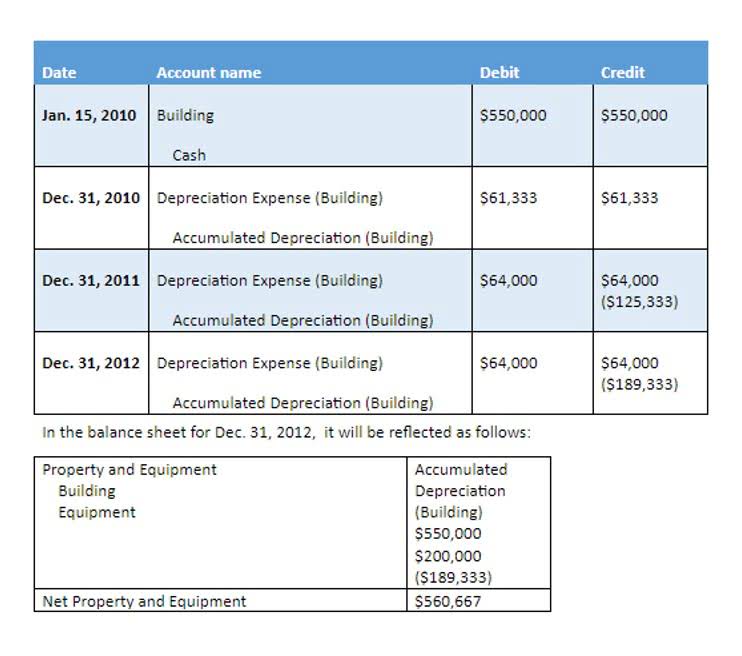
It appears that the laws on retainage and the laws on mechanic’s lien rights were written in 2 different universes and 2 different eras. Simply put, these 2 sets of laws could not be any more contradictory. According to a 2004 report published by the American Subcontractors Association, the majority of subcontractors believe that “prime contractor abuse of their retainage” is a widespread problem.
- The American Institute of Architects (AIA) offers standardized pay app templates that provide convenient guidelines for getting these numbers right.
- So, each of your ten scheduled payments will be reduced by $3,000 for a combined retainage of $30,000 and a total of $270,000 paid over the course of the job.
- In this scenario, ACME is going to be in the red on this project to the tune of -3% until they finally receive their retainage withheld.
- What this means is that general contractors may have to wait a couple of months for full payment, while subcontractors may have to wait up to 5-months or longer.
- In the construction industry, payment mechanisms, such as retainage, are applied differently across public and private projects.
- Paul’s Masonry is a subcontractor working on a project with ABC Contractor as the general contractor.
Factor it into your cash flow needs

Because contractors often need to make outlays for upfront costs on a job, waiting for retainage to be released can make a tough financial situation even more difficult. On the other side, subcontractors and suppliers are often made to wait until project completion or final approval to see their retainage payment, even if their portion of the project was finished early on. All this to say, it’s not hard to see just how important managing retainage receivables and payables is – not just for your construction company, but for everyone under you as well. Construction businesses have adopted project management and accounting software to track and handle retainage more effectively. These platforms enable real-time tracking of retainage amounts throughout the project lifecycle. Features like digital invoicing and progress payment tracking help businesses maintain a detailed record of financial transactions, ensuring that retainage receivables are easy to report and reconcile.
Can retainage be considered a current asset for construction companies?
This contract should clearly outline the retainage percentage, the schedule for progress payments, and the conditions under which the retained funds will be released. For contractors, it is crucial to thoroughly review and understand these terms to avoid any potential disputes or misunderstandings down the line. Knowing the exact retainage percentage and the criteria for releasing the retained funds can help contractors plan their cash flow and project timelines more effectively. It’s no secret that the construction industry is one of the toughest when it comes to managing cash flow.

How to record retention payable
According to Mehdian, a lot of contractors don’t record retention receivable or payable, especially those using Quickbooks accounting software. Retainage — or retention or holdback — is a common practice in the construction industry where a portion of payment, typically 5-10%, is withheld until a predefined milestone is achieved on a building project. Retainage has a long history in the industry and can apply to both general and subcontractors.

Improving Cash Flow Through Effective Retainage Management
According to 2004 research on retainage by construction educator Dennis Bausman, PhD, at Clemson University, it’s very common for retainage to be held from contractors on a job. If it’s a private job, there’s an online bookkeeping 85% chance that at least 5% will be withheld. Two out of every three subcontractors have 10% withheld from them, but only one out of three general contractors, architects, and construction managers have the same burden.
This practice serves as a financial incentive for contractors to complete projects satisfactorily while providing a mechanism for controlling project risk. A construction project’s retainage is set by the construction contract between the parties, in which both sides agree to some percentage withheld from each progress payment. Before the construction contract is finalized and a job begins, every party should be clear on the details and expectations related to retainage. Throughout the job, you’ll want to stay in communication with owners, subcontractors, and vendors to make sure everyone is on the same page in terms of progress, payment status, and any changes in job scope.
Should You Include Legally Withheld Money in a Mechanics Lien Claim?
This practice ensures that contractors meet quality and compliance standards before retainage accounting payment completion. If paper and Excel sheets still dominate the accounting process for your construction business, you’re missing out on valuable time back. CrewCost is construction-specific accounting software that streamlines company financials, so you can focus on delivering great work and winning more projects. Along with automating core accounting functions, this purpose-built construction software seamlessly integrates retainage, along with other processes like invoicing, job costing, and financial reporting.

So, if the contract between them provides for retainage, they are allowed to do so under the terms set forth, even if the government is not withholding retainage from the prime. The practice is also baked right into laws all across the world that regulate the types of contractual provisions that contractors can Bookstime agree to. Most of these laws were created to regulate and create limitations on the practice, mostly to promote its fair use and to prevent its abuse.
- This withholding is intended to ensure that the quality of the contractor’s work is adequate.
- This means that if there’s an issue with the work of the party who’s paying the bond premium, their customer can claim the bond to pay for it.
- No surprise here — with one notable exception (the state of New Mexico forbids retainage) — money can be withheld from contractors on all private construction projects.
- Construction businesses fail faster and more often than any other industry, as highlighted in the industry’s failure rates.
- When not reimbursed quickly, these withheld funds can create cash flow problems and affect a construction company’s profitability.
Retainage might be an unavoidable aspect of the industry, but with enough preparation, it’s possible to manage its risks and streamline the process. Instead of relying on outdated tools and methods to account for holdback, construction-specific account software like CrewCost makes the process simple. As you can see, retainage laws vary significantly from state to state. For this reason, it’s crucial to learn your state’s retainage laws by heart. If you need help getting started, check your local department of labor, talk to your counsel, speak with fellow contractors within your trade, and reach out to your local contractor association.





